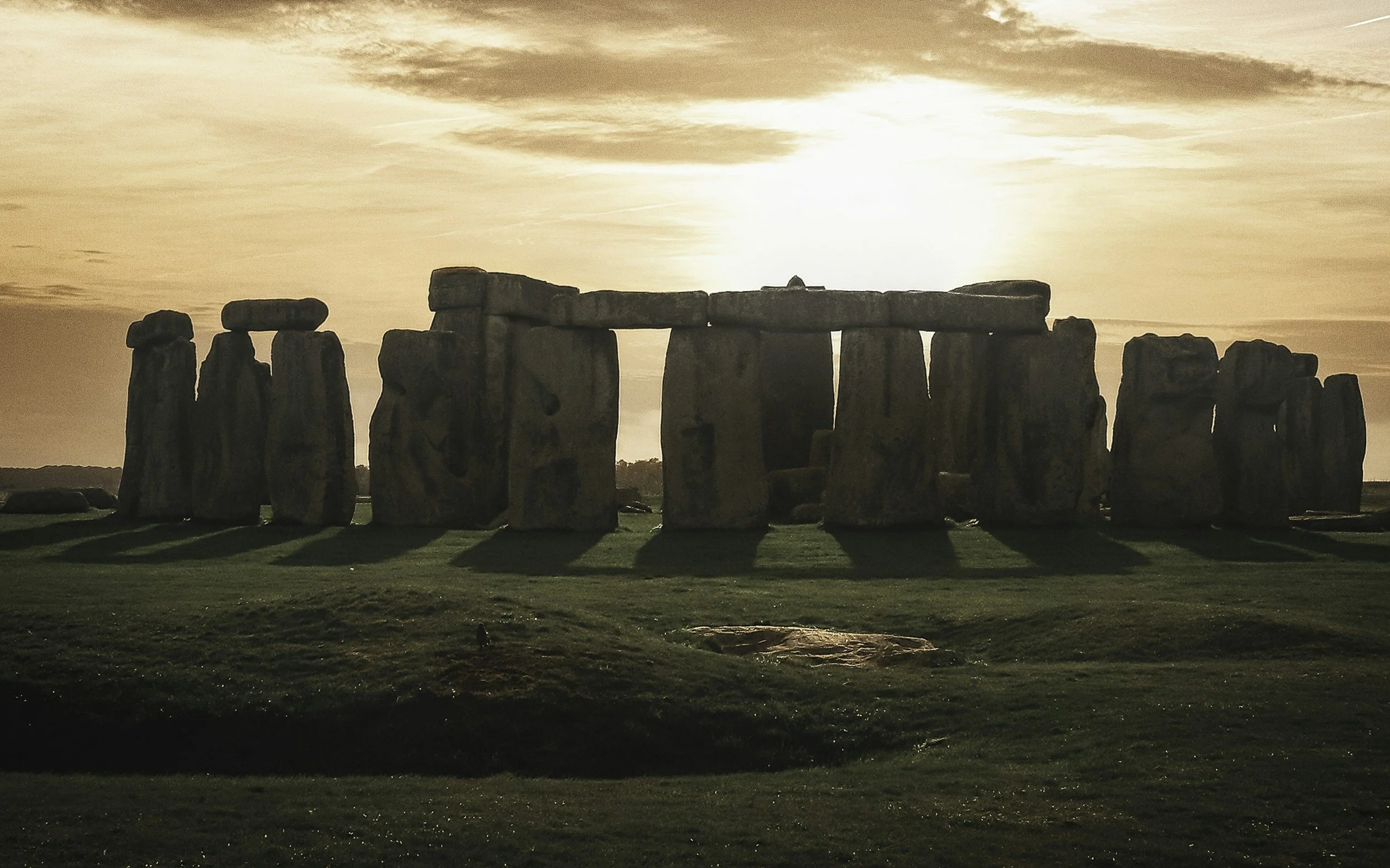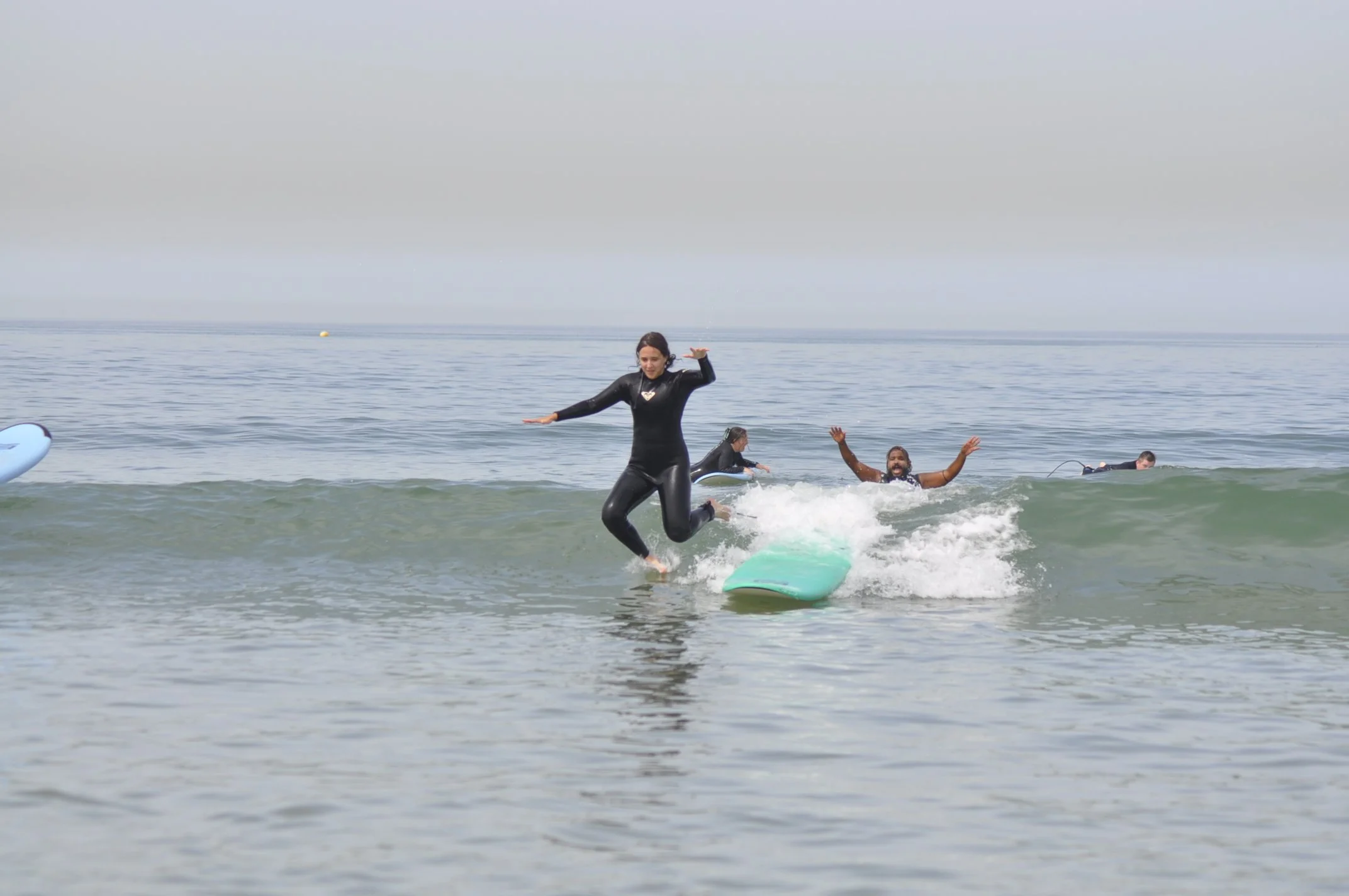Google to gate: how storytelling drives bookings
Every visitor attraction faces the same challenge. You compete not only with other destinations but with the pull of streaming services and the comfort of staying put.
To draw them out, you need more than the promise of fun things to do. You need to help them feel the ‘genius loci’ - the spirit of your place.
People look for meaning in their days out
Visitors rarely begin with a fixed plan. They start with a feeling. Maybe they wish to reconnect, to unwind, or to be moved by something real after a long week of desk work.
It may even be about how they see themselves.
Confession: when I first went freelance I was so taken with the concept of myself as an independent freebird that I booked a beginner’s surfing holiday in Africa. Here I am, falling off the board while my instructor expresses his despair.
Storytelling helps them find that feeling in what you offer. It translates facts and features into atmosphere and emotion.
Research in tourism and psychology supports this. When people encounter a story that feels vivid and believable, their brains respond as though they are living the experience themselves. Emotional connection increases the likelihood of both booking and returning. A clear, authentic narrative can take someone halfway to your gate before they have even bought a ticket.
Genius loci: the spirit of place
Every attraction has its history and its facilities, but the real distinction lies in its genius loci, the personality that gathers around a place over time.
Think of Stonehenge. On a purely physical level (the spiritual and metaphysical aside), it’s a bunch of rocks in a field. Yet it has become a powerful national symbol of the prehistoric past, British identity, mystery, astronomy, ritual and heritage. It appears in films, TV, tourism campaigns, social media, art and photography, always framed by mystery, ritual, the sacred and the supernatural.
Its story didn’t emerge all at once. Early myths, heritage policy, tourism - each layer added new meaning that reinforced earlier ones. it was arguably the Victorian Romantics who really made it a visitor attraction - they promoted ruins and relics as emotional experiences, just as leisure travel was becoming a thing. People visit Stonehenge now for connection with the ancient past, out of astronomical interest, for a spiritual experience.
When your storytelling reflects the distinct character of a place, people recognise it. They begin to sense what being there might feel like, and they respond to that mood. A visitor attraction that understands its own genius loci speaks in a voice that only it can use.
Recent research from VisitBritain found that travellers now rank “authentic local character” among the top factors in deciding where to go, above both distance and cost.
Keep the story consistent
Storytelling works best when it runs through every part of the visitor experience, from the signage and socials to the website and welcome.
When each of these moments carries the same tone and sense of place, they reinforce one another. Visitors recognise the personality of the place in every interaction and feel confident that the experience will match what first caught their attention.
Consistency builds trust. The Digital Tourism Think Tank found that attractions with a coherent story across all channels saw conversion rates rise by around 20 per cent. A steady, recognisable voice helps people feel they are in safe hands.
Storytelling as a way of working
A good story doesn’t just promote a place, it shapes how everyone involved understands it. Taking time to explore what gives your attraction its particular character, and how people respond to it, creates a foundation for everything you say and do. It clarifies purpose, influences design and gives your team a shared language for describing the place they represent.
A strong narrative is both creative and practical. It gives you a consistent, powerful voice for marketing and communication. Without it, you risk aimlessly doing whatever fits with the latest marketing fashions - and that won’t make you stand out.
If you’re not sure what the genius loci of your place is, start by thinking about:
its landscape and/or architecture
history and heritage
stories, myths and legends of the area
the community - what do they think, feel and know about it?
how the weather, climate and seasons affect it
the surrounding region - what is it known for?
local art, music and culture
the founders - who were they, what are their stories?
and importantly… what can you do to build on the story of your place and make it more widely known?
The payoff
Behind every memorable visitor experience sits a story that reflects the true nature of the place. If you do it right, telling it feels unforced, confident and clear.
Finding and shaping that story takes attention and empathy, but it repays the effort many times over. When your story honours the genius loci of your site, people begin to form an attachment to it. A well-understood narrative increases bookings, strengthens how visitors talk about you afterwards and helps staff and volunteers feel proud to belong in your place.
Entangled Creative helps attractions, destinations and localities to craft authentic, place-based narratives that drive visits and deepen connection.


